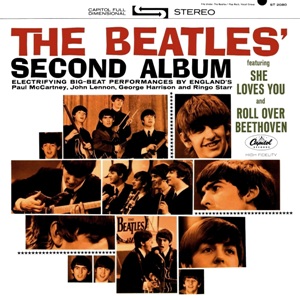By the end of the ‘60s, Ray (and the Kinks) would redefine the concept album, and continue to chase the perfect story through the ’70. But that was all in the future. Like everybody else who arrived in 1964, they have a discography that’s not easy to navigate. At home, their singles and LPs didn’t always overlap, and EPs were frequent. Here in the US, their label (Reprise) did their best to soak all they could out of what was available.
Their first American LP wisely took its name from their first hit single, and the resultant You Really Got Me merely presented the first British LP less three tracks. That hit single, one of the greatest rock ‘n roll tracks ever, is the best thing on the album, which leans more heavily on covers than Ray’s originals. And those are pretty good. While catchy, “So Mystifying” is a rewrite of “It’s All Over Now”, while “Just Can’t Go To Sleep” is a little better, despite its structural similarity to the more enduring “Stop Your Sobbing” on side two.
Dave Davies was a better guitar player than a singer, his fretwork giving Keith Richards a run for his money. “Beautiful Delilah”, “Long Tall Shorty” and “I’ve Been Driving On Bald Mountain” (the latter sporting a nice acoustic guitar, but coming two tracks after “Bald Headed Woman”, also foisted by producer and copyright holder Shel Talmy on the Who) spotlight his nasal, breathless yell. But Ray wasn’t much better on the covers; witness Bo Diddley’s “Cadillac”, “Too Much Monkey Business” and particularly the anemic take on “Got Love If You Want It”.
Obviously pushed into doing an album before they were ready, You Really Got Me is not a stellar debut on par with those of their countrymen. As London art school types go, at this juncture the Stones were a better band, with better material.
When Rhino reissued a handful of early Kinks albums in 1988, You Really Got Me retained its title, but replicated the British LP lineup, and added three early single tracks (including “Long Tall Sally”, which both precedes and pales to the Beatles’ version) to the CD. These days, all the bases are covered by the deluxe version of Kinks, which expands on the British update from 1998, with both mono and stereo versions of the album, timely singles and EP tracks, and a handful of BBC sessions. Taken all together, it’s a better representation of what the band, and especially Ray, could do.
The Kinks You Really Got Me (1964)—2½
Current CD equivalent: Kinks

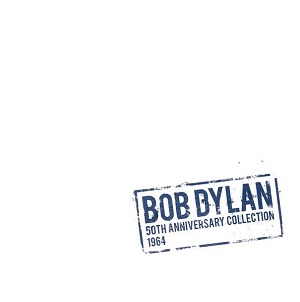
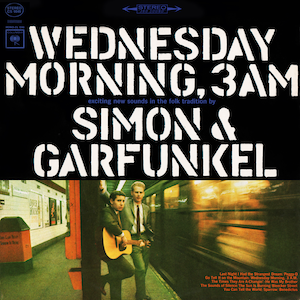
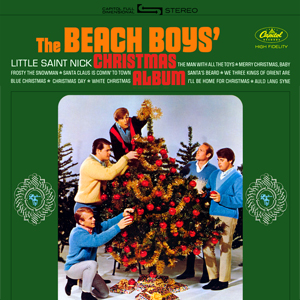

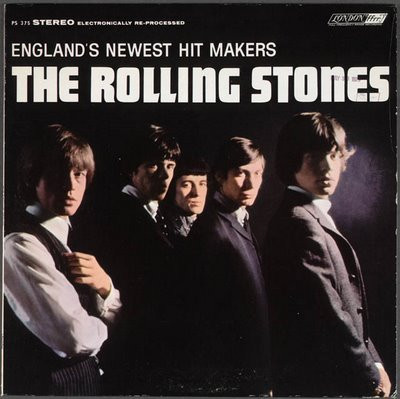




:format(webp):mode_rgb():quality(90)/discogs-images/R-962004-1378311277-1598.jpeg.jpg)



